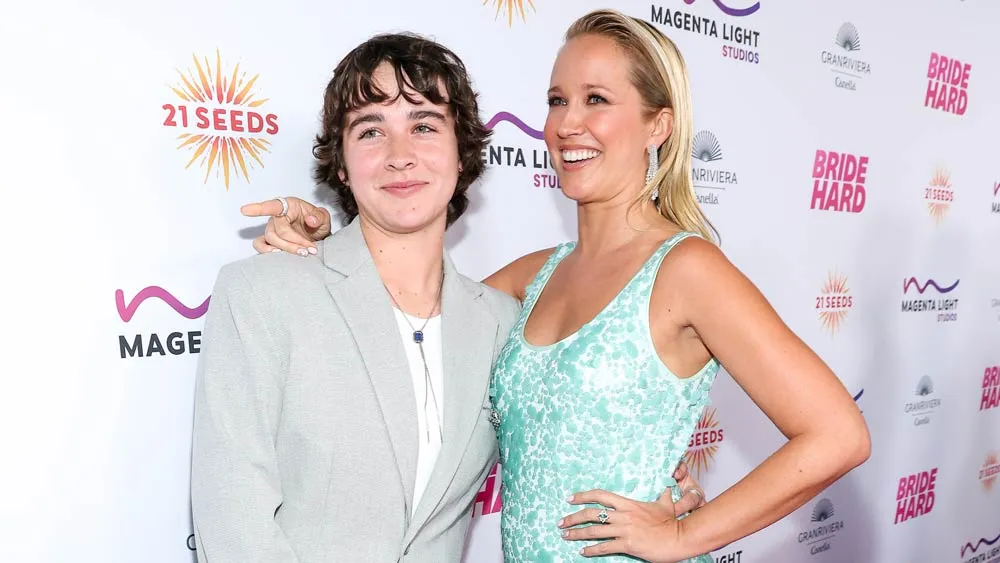May 19, 2016
Kardashian Hair Style May Put Women 'At Risk' of Baldness
READ TIME: 2 MIN.
Hair styles made popular by stars such as Rihanna are putting women at risk of baldness, claim researchers.
Braids, weaves, dreadlocks and extensions have boomed in popularity after being used by stars including Nicki Minaj, Kim Kardashian and Rita Ora.
But the artificial procedures put extra pressure on the scalp leading to traction alopecia, a condition that tears lumps of hair from the roots.
Black women are at particular risk due to the popularity of the styles in TV, music, and African American culture, researchers found.
Crystal Aguh, M.D., assistant professor of dermatology at the Johns Hopkins University School of Medicine in Baltimore, said, "Hair is a cornerstone of self-esteem and identity for many people, but ironically, some hairstyles meant to improve our self-confidence actually lead to hair and scalp damage. Traction alopecia is entirely preventable, and early intervention can stop or reverse it. We have to do better as care providers to offer our patients proper guidance to keep them healthy from head to toe."
A review of 19 studies found a 'strong link' between the hair styles and traction alopecia -- gradual hair loss caused by damage to the hair follicle from prolonged or repeated tension on the hair root.
Investigators said the styles are responsible for 33 percent of black women suffering from the condition.
Dr. Aguh and her colleagues say the highest-risk styles include braids, dreadlocks, weaves and extensions, especially when applied to chemically straightened hair.
Damage can also be done if extensions are fixed onto hair with glue put directly on the scalp, especially when the glued-on hair is removed. Chemical straightening weakens the hair shaft, causing breakage.
Temporary thermal or heat-related straightening of the hair, such as the use of flat irons and blow drying the hair weakens the shafts, leading to "significant" hair loss when traction is applied, the researchers conclude.
Permanent waves made with ammonium thioglycolate to create or alter curl pattern, together with added tension from chemical treatment, do the same. And wigs attached with clips and adhesives to keep them in place can cause significant breakage.
Low risk hair styles include loose buns and wearing the hair down, while using nylor or cotton wigs were found to be moderate risk.
Researchers are now calling for more awareness of the damaging hairstyles -- which include tight ponytails, braids, knots and buns -- and advising current sufferers to change their styles.
Dr. Aguh said that the risk of developing alopecia could be reduced by keeping hair in a natural state without any treatment or processing.
She added, "Dermatologists need to be conscious of the fact that many high- and moderate-risk hairstyles greatly improve hair manageability, and simply telling patients to abandon them won't work for everyone. Instead, physicians can educate themselves to speak with patients about making the best hairstyling choices to minimize preventable hair loss."







